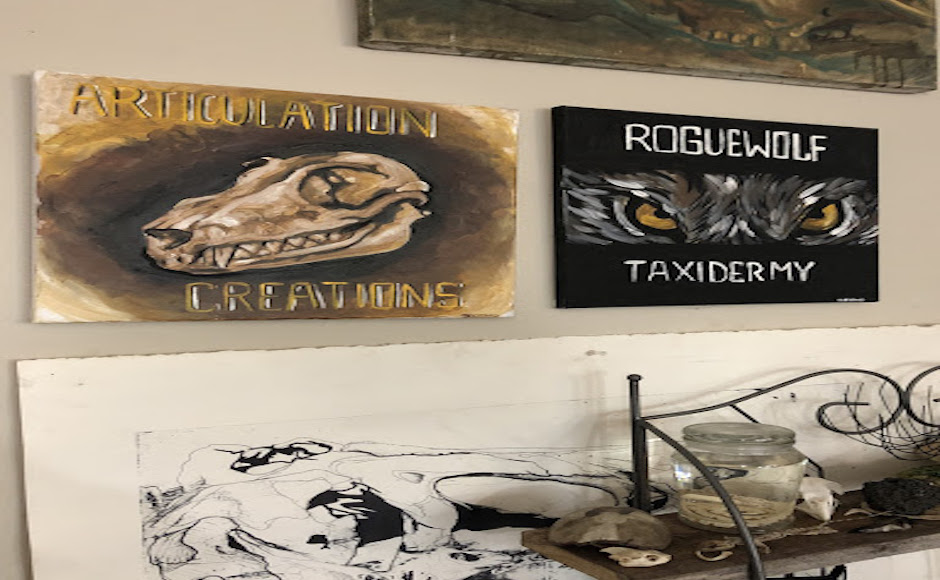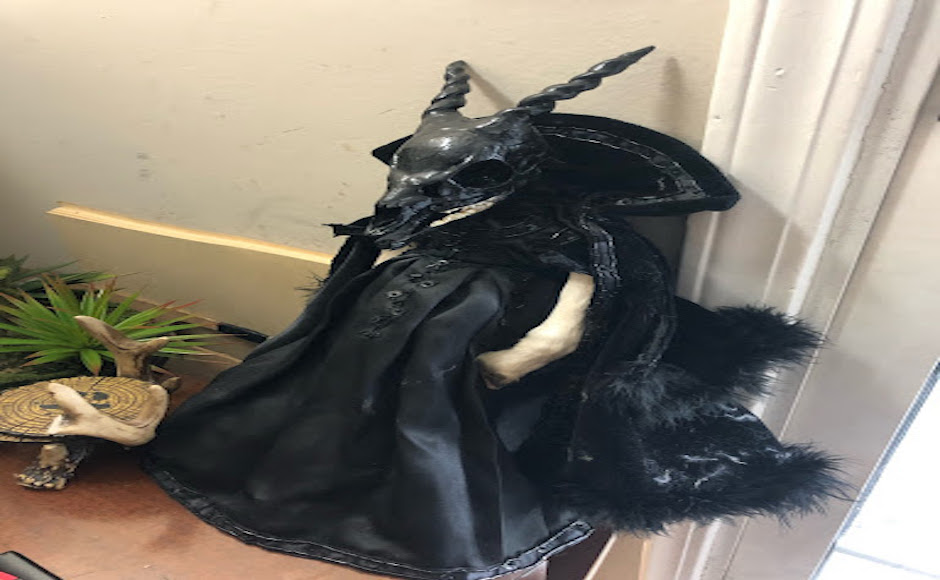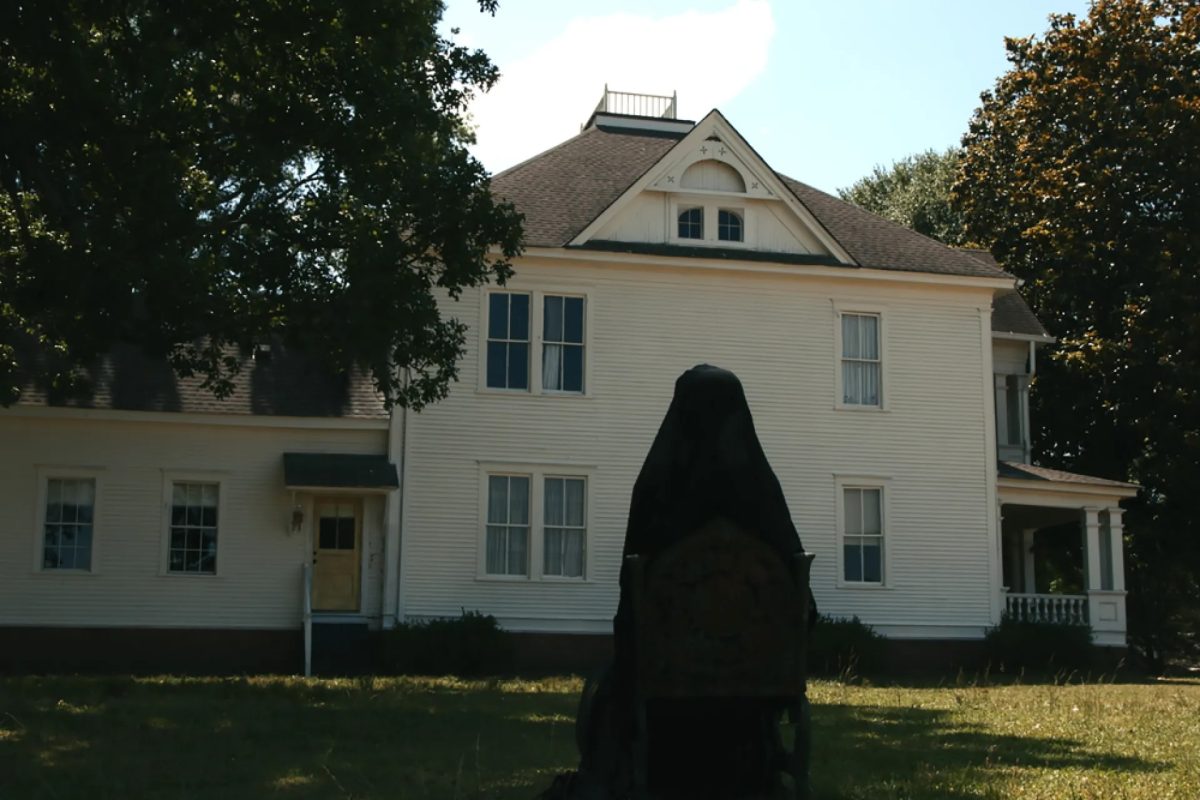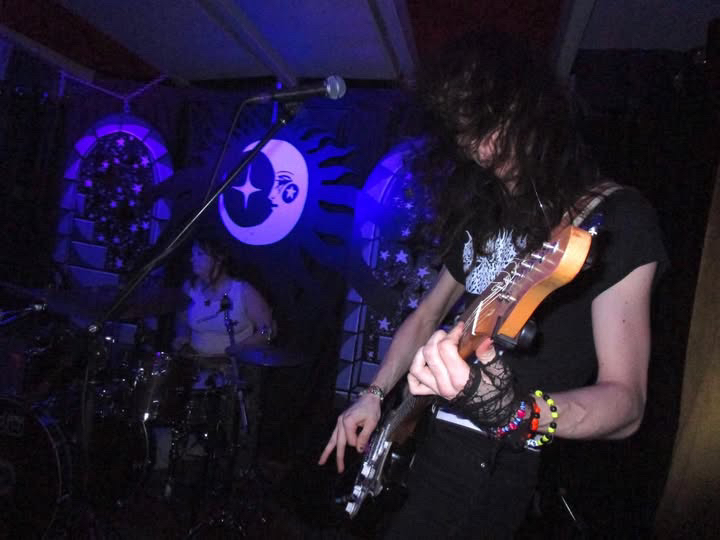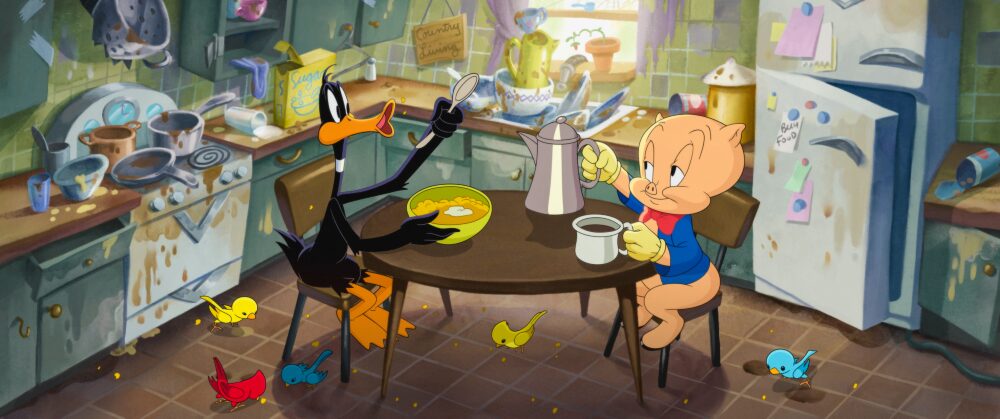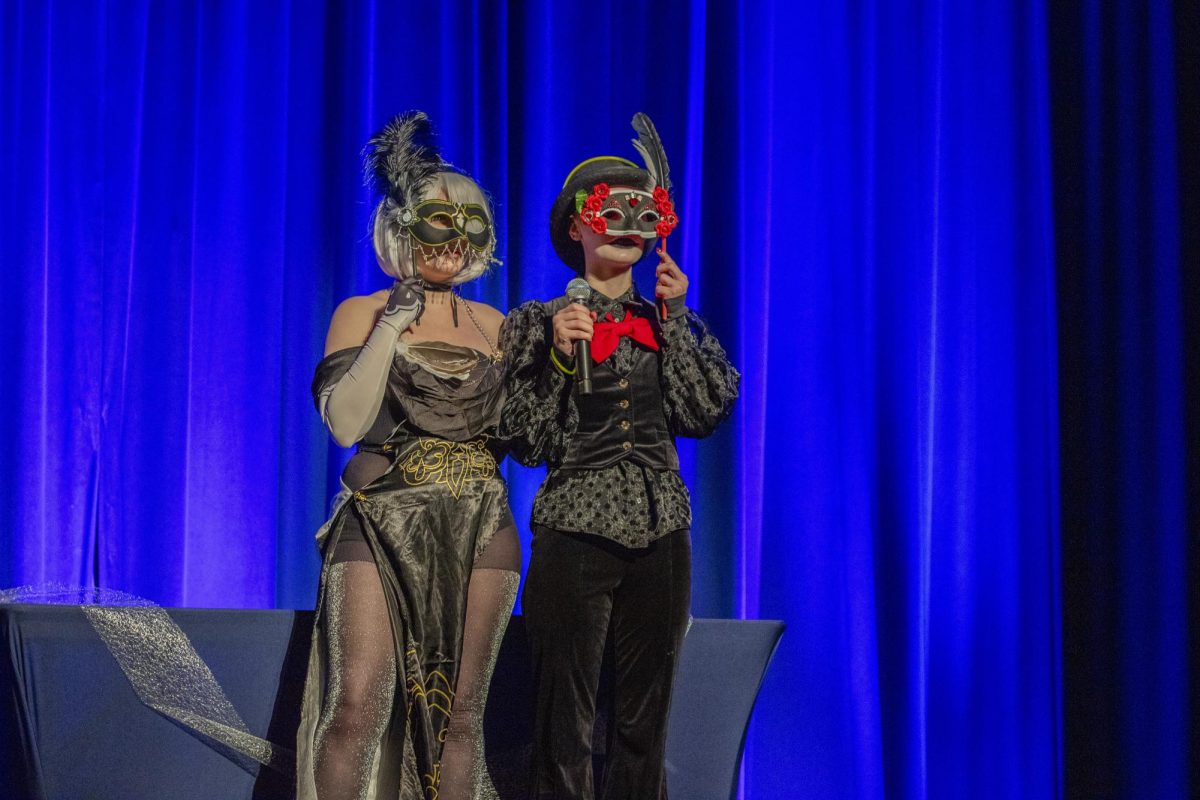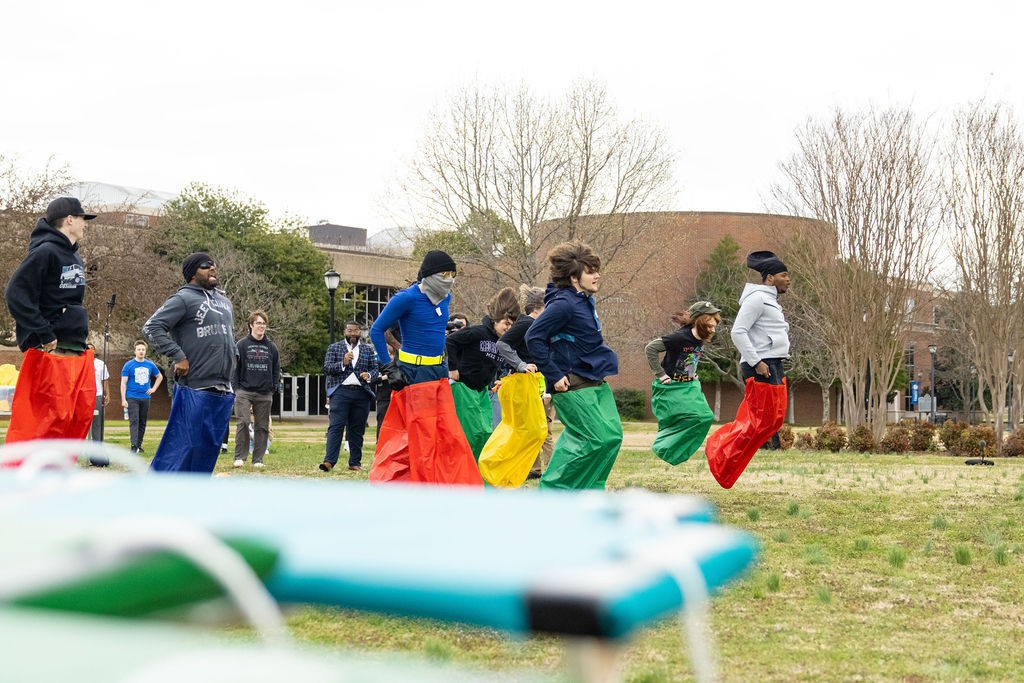Photos and story by Allison Borrell / Contributing Writer
In the South, taxidermy has traditionally been associated with the hunting and mounting of animal trophies. But with the rise of oddity shops and contemporary artists, the art of taxidermy is becoming the core of the practice.
Hail Dark Aesthetics is Nashville’s version of an oddity shop specializing in the weird and unusual. Located off Gallatin Pike in East Nashville, with a smaller second location in Cincinnati, Ohio, and owned by JD Tucker, Hail is the one-stop shop for all things spooky in Nashville.
Tucker’s shop has been a fixture in the city for five years now and has since become a staple for locals and tourists alike. While he carries a variety of strange items, from antique medical equipment to baby coffins, the main thing he sells is taxidermy, which was sparked by him being a collector of it himself.
“I was just a collector, and it was getting out of hand,” said Tucker. “I either needed to stop buying s— or start selling it.”
And start selling it he did. When you first walk into Hail, you’re immediately greeted by a couple dozen taxidermied animals lining the wall on the right side of the shop, and, as you make your way through the shop, you’ll find even more. There’s everything from bears and rams to a javelina and a wallaby in Tucker’s shop, with other spooky items such as wet specimens and animal bones sprinkled in between.
When it comes to finding the taxidermy Tucker sells in his shop, he has a variety of sources. Some of it he finds himself, but much of it ends up finding him.
“A lot of it is walk-in stuff,” said Tucker. “I still do estate sales and auctions, but after doing it for five years, people know they can bring stuff … and I’ll buy it and resell it.”
But Tucker’s store also functions as a consignment shop for people in the area who do their own taxidermy, and he regularly works with three or four people who tend to bring in the more eccentric items.
Two of the people he deals with the most are Matthew Fite and Alyssa Strickland, a husband-wife duo who go under the business names Roguewolf Taxidermy and Articulation Creations, respectively.
Walking into Fite and Strickland’s Goodlettsville, Tennessee, apartment feels like walking into another location of Hail. When you walk up to their door, you’re immediately greeted by a “welcome” sign adorned with a small skull with antlers, and, as the door opens, you realize that’s only the beginning.
On the left wall right inside the door, there are handmade signs with their business names on them hanging above a shelf full of wet specimens, animal skulls and small taxidermied animals carefully arranged in curio boxes. When turning to the right to enter the living room, you’re met with the bulk of Fite and Strickland’s taxidermy pieces.
There’s a mixture of current projects and finished items functioning as decor; Strickland says the middle of the room serves as her work area, and the space is overflowing with bones, crystals, bits of moss and the boxes she uses for her products. On the walls, Fite has a variety of animals he’s worked on himself and ones he’s been given, ranging from birds to baboons.
Fite was first introduced to the world of taxidermy through his involvement with the Boy Scouts, and he says a big part of his passion for it stems from his love of animals.
“I’ve always had an affiliation with animals,” said Fite. “Live, dead … As a kid, I’d always find some mummified skeleton part or something, and I’d always want to take it home with me. I’ve always had that fascination.”
Being a Boy Scout, he had access to a variety of handbooks, one of which included a guide to skinning and stuffing animals that piqued his interest. But it wasn’t until a few years later when he stumbled across a dead rat while playing with his pet rooster that he put the practice to use.
“Usually when I find something dead that’s still fresh like that, I’ll usually bury it and just get the bones afterward,” said Fite. “But that day I decided I’d give it a shot and try to skin it … It turned out fairly okay, and it kind of spun from there. Every time I’d find something, I would end up skinning it, stuffing it and having it for myself.”
Since then, Fite has been a self-taught taxidermist, getting better at the art through trial-and-error. But Fite didn’t turn it into a business for himself until he was in college and he realized there was money in taxidermy.
“I knew people would buy taxidermy. I’d make it for other people, like friends and stuff,” said Fite. “I knew it had a market, and I just got on eBay and started to sell stuff for insanely cheap prices, because I didn’t really know what … it was really worth.”
Fite says it wasn’t until around the time he met Strickland that he branched out into making a Facebook page for his business, and he started doing consignment work for Lime Tiger Studio, an oddity shop that used to be in Murfreesboro. Since getting his foot in the door there, he moved on to selling their products to Hail, and, more recently, he’s starting showcasing his work at craft shows and oddity and pet expos.
Today, Fite does both traditional taxidermy, which involves posing animals in lifelike positions and rogue taxidermy, which is taking an animal and doing something unique with it, like dressing it up a certain way or combining parts of different animals to create something new.
While Fite mostly works with whole animals, Strickland works with bones to create jewelry and sculptures out of them, something she’s always had an interest in.
“When I was younger, my dad hunted, and when he brought home a deer it was like Christmas Day,” said Strickland. “Because I wanted to dissect the skull and keep it. I didn’t seek it out as much when I was younger, because … I was in high school, and I would be afraid they would make fun of me.”
Although her interests made her feel ostracized when she was younger, meeting Fite has helped her to be more open about the work she does.
“When I met (Fite), he pulled out a mole that he taxidermied and said, ‘I do taxidermy,'” said Strickland. “And I said, ‘Well, I do skulls.’ He made me grow to be comfortable with telling people about it without me worrying about them freaking out.”
This has been a common issue for both taxidermists and those who sell taxidermy; Tucker, Fite and Strickland have all experienced negative reactions from people because of what they do, but, because taxidermy as an art form and a choice of home decor has become more popular, people’s perceptions have changed.
“I feel more comfortable with it now, because it has grown, and there’s more of a respect for it,” Strickland said.
Fite says whenever he and Strickland have been met with backlash from people who don’t understand taxidermy, he makes it a point to explain what it really is, particularly for him and his wife.
“At least for us, we don’t kill anything,” said Fite. “I love live animals, but I love dead animals, too. A lot of our animals come from roadkill, breeders … Very rarely do any of these animals get shot … We’re kind of in the ‘vulture culture,’ and we scavenge for our stuff.”
Tucker is also met with a lot of misconceptions about his character because of the products he sells, but he says most people are surprised when they learn more about him.
“I don’t eat meat, which a lot of people think is pretty interesting,” said Tucker. “I’m pescetarian, so I eat seafood, but I haven’t eaten meat in over 20 years. A lot of people come in here and think I’m a hunter or something, and I’m like, ‘no, I haven’t killed any of these animals.'”
While art is a big reason why taxidermists and those who specialize in selling taxidermied animals do what they do, Fite and Strickland say preserving the dead and giving new life to something is a close second, especially when it comes to client’s pets.
“Most people … like that we reuse and put things back and give it another life,” said Strickland. “(People) will bring us their pets and will want them taxidermied … To preserve that pet means the world to them.”
Fite adds: “It’s like the ancient Egyptians (and) how they mummified their dead. It’s an honor in my eyes.”
To contact Lifestyles Editor Mamie Lomax, email lifestyles@mtsusidelines.com.
For more updates, follow us at www.mtsusidelines.com, on Facebook at MTSU Sidelines and on Twitter at @Sidelines_Life.


